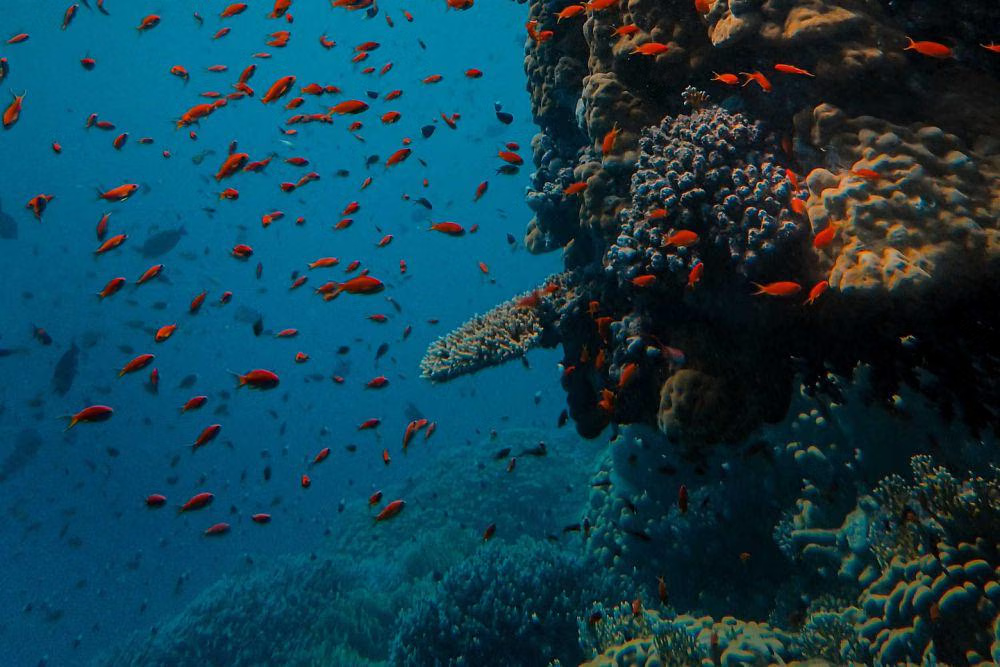
The ocean covers more than 70 percent of the Earth and remains one of the most mysterious places on the planet. Beneath its surface lie extraordinary creatures, hidden landscapes and powerful natural forces that shape life on Earth. From the deepest trenches to the colorful coral reefs, the ocean is filled with fascinating facts that continue to amaze scientists and explorers. Here are some of the most incredible ocean facts that highlight its beauty, mystery and importance.
The Ocean Covers Most of the Earth
The world’s oceans cover about 361 million square kilometers, which is more than two thirds of the planet’s surface. This massive body of water influences weather patterns, controls global temperatures and supports millions of species.
Most of the Ocean Remains Unexplored
Despite technological advances, more than 80 percent of the ocean remains unmapped and unseen by humans. Scientists believe that countless species and underwater features are still waiting to be discovered.
The Deepest Point Is in the Mariana Trench
The Mariana Trench in the western Pacific Ocean holds the deepest known point on Earth. The Challenger Deep reaches nearly 11,000 meters below sea level. The extreme pressure in this region is more than one thousand times greater than at the surface.
The Ocean Produces Much of the World’s Oxygen
Marine plants such as phytoplankton play a crucial role in producing oxygen. These tiny organisms generate over half of the world’s oxygen supply, making the ocean essential for life on Earth.
Underwater Mountains Are Larger Than Land Mountains
The ocean floor is home to massive mountain ranges called mid ocean ridges. The Mid Atlantic Ridge is the longest mountain range on Earth, stretching more than 65,000 kilometers, yet most of it lies underwater.
The Ocean Regulates Global Climate
Ocean currents act like a conveyor belt, moving warm and cold water around the planet. This circulation helps regulate global temperatures and influences weather patterns, storms and rainfall.
Bioluminescent Creatures Light Up the Deep Sea
Many deep sea animals produce light through a natural chemical reaction called bioluminescence. These glowing organisms include jellyfish, fish, plankton and even some types of squid. They use light to hunt, attract mates and defend themselves.
The Great Barrier Reef Is the Largest Living Structure
Located in Australia, the Great Barrier Reef spans more than 2,300 kilometers. It is made up of billions of tiny organisms called coral polyps and is so large it can be seen from space.
The Ocean Contains Valuable Minerals
The seafloor holds a variety of valuable resources such as gold, cobalt, manganese and rare earth metals. Although difficult to access, these minerals play an important role in technology and industry.
The Ocean Is Home to the Largest Animal on Earth
The blue whale is the biggest animal ever known to exist. It can reach more than 30 meters in length and weigh up to 200 tons. Despite its enormous size, it feeds mainly on tiny krill.
Conclusion
The ocean is a vast and extraordinary world full of secrets, beauty and power. Its influence reaches every corner of the Earth, from the air we breathe to the climate we experience daily. By learning more about the ocean and protecting its fragile ecosystems, we can ensure that future generations continue to benefit from its wonders. The more we explore the ocean, the more we discover how essential and fascinating it truly is.


